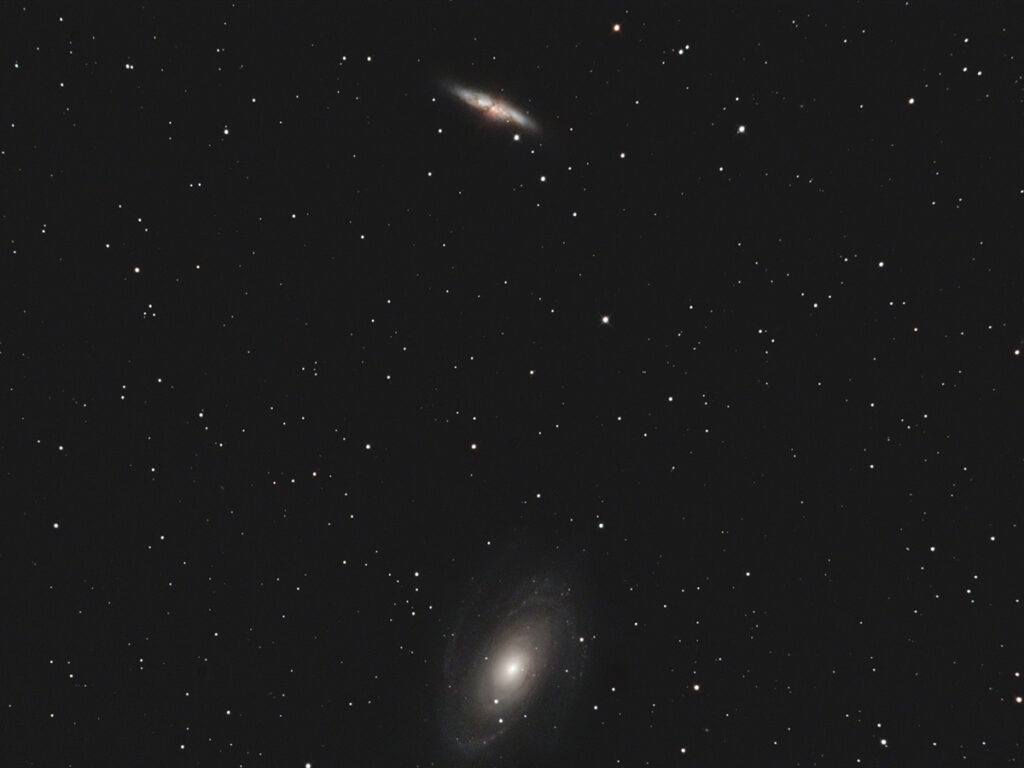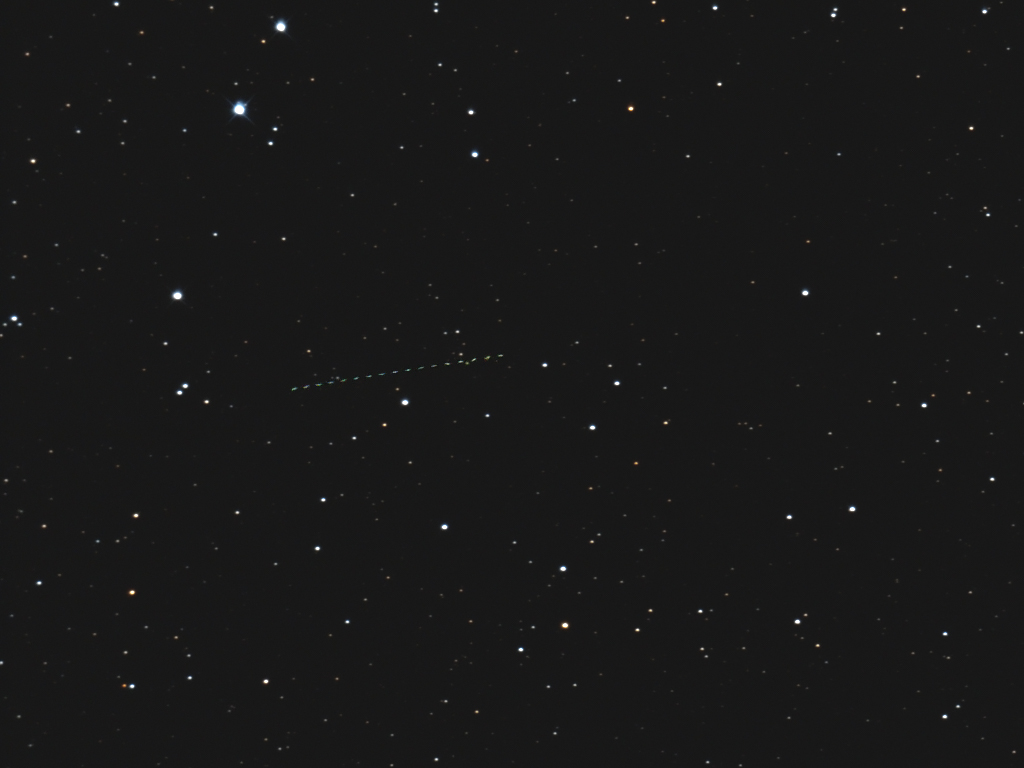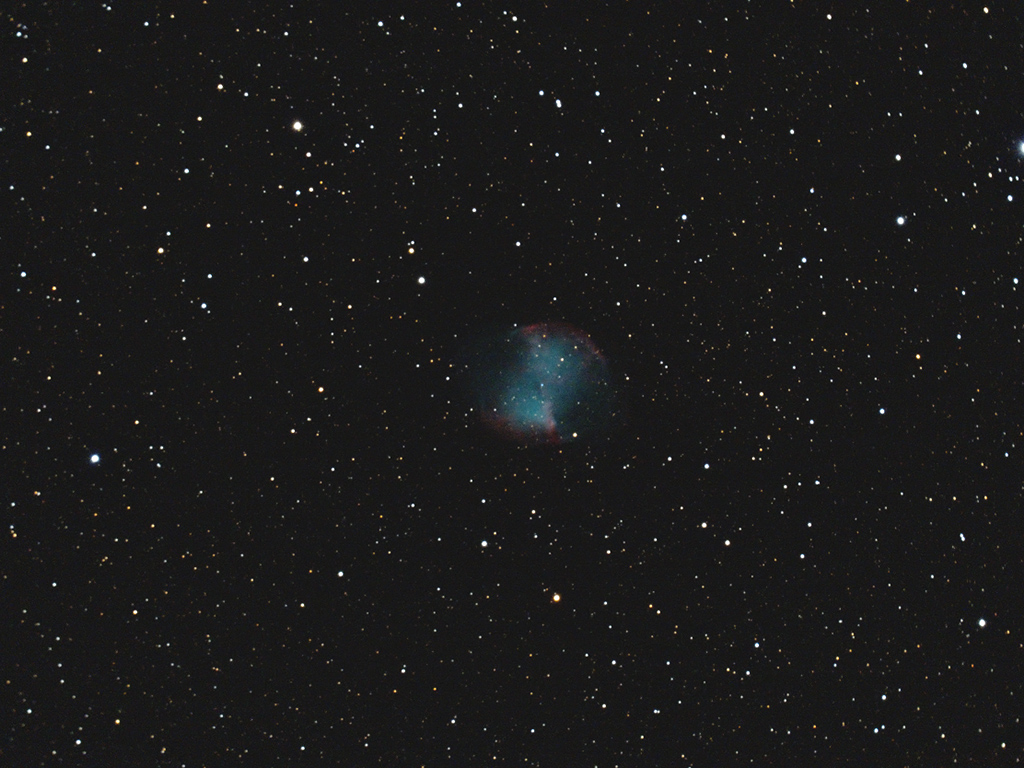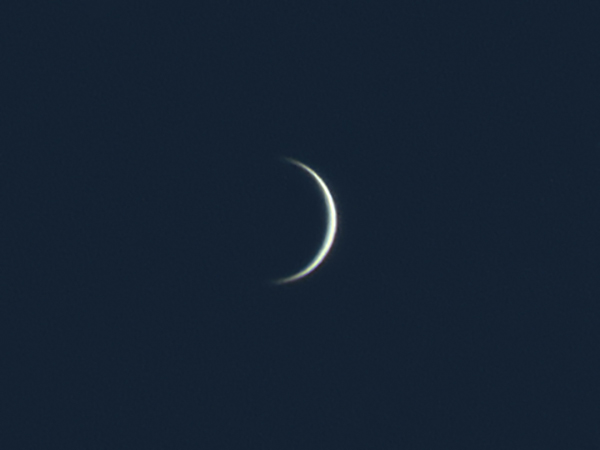
Telescope: Astro-Tech 8” f/8 Ritchey-Chretien, Orion Atlas EQ-G
Camera: Canon EOS Ra, Baader Mk III MPCC
Filter: Orion Imaging Skyglow Filter
Guide scope: Astro-Tech 60mm, Starlight Xpress Super Star, PHD2
Exposure: 22x120sec, ISO 800, saved as RAW
Darks: Internal (Long Exposure Noise Reduction On)
Flats: 32×1/2sec, Tee shirt flats taken at dusk
Average Light Pollution: Red zone, Bortle 8, fair transparency
Lensed Sky Quality Meter: 18.6
Stacking: Mean with a 1-sigma clip.
White Balance: Nebulosity Automatic
Software: Backyard EOS, Deep Sky Stacker, Nebulosity, Photoshop
M110 is the larger and fainter of two prominent satellite galaxies of M31, which is in the lower left corner of this field. Most elliptical galaxies tend to be relatively featureless, but M110 shows some hints of structure and dust lanes near its core. Visually M110 is relatively faint and diffuse, lying on the opposite side of M31 from the smaller and brighter M32.
M110 along with M31 and M32 are currently well-placed high overhead in the early evening.









Recent Comments